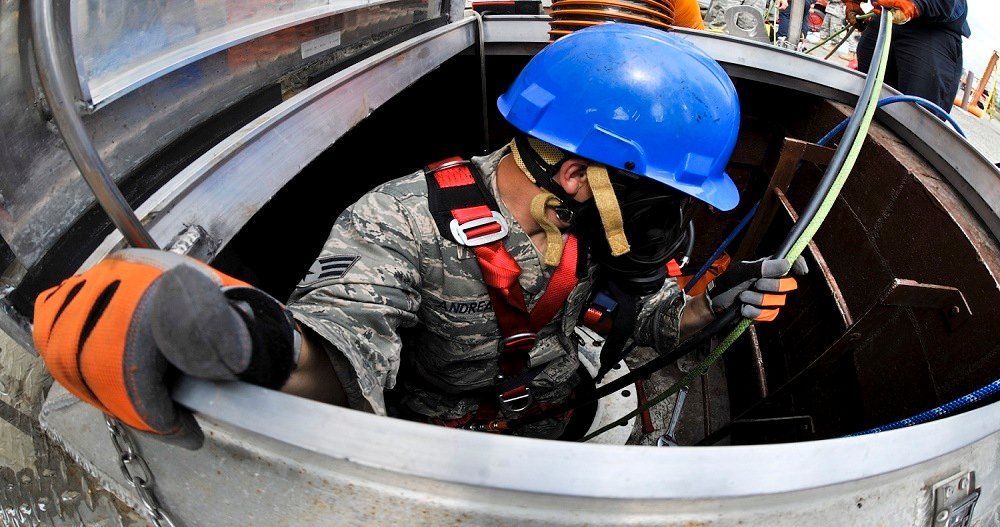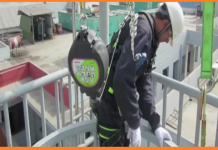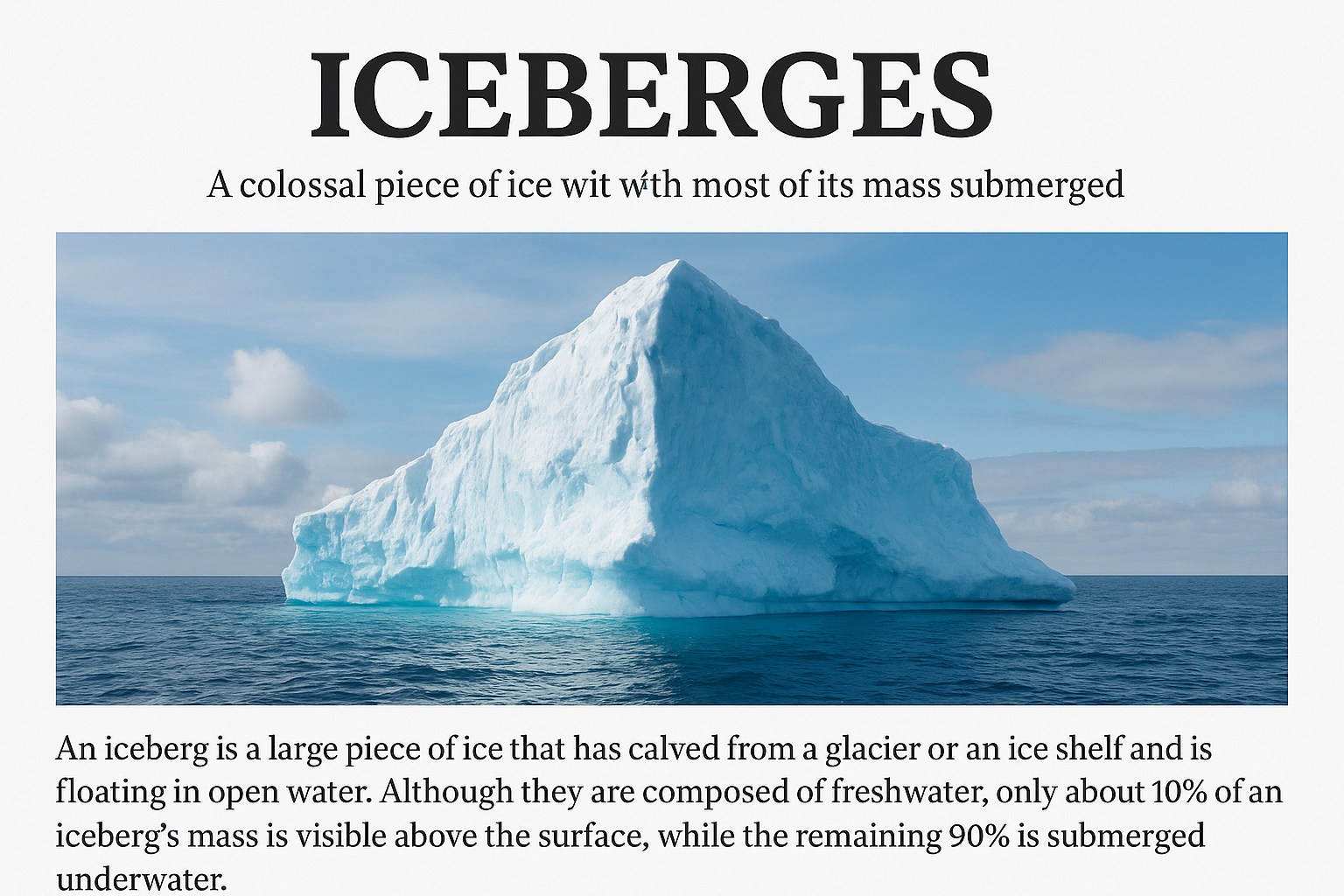Vessel Entry Safety Procedure: Safe entry in any confined space like pit, sump, vessel, vat, tank, chamber, furnace, oven, pipe, line, gutter or isolated and unknown place needs a work permit system. The hazards of work are toxic or flammable gas inside, asphyxiating atmosphere, the accidental inflow of chemical or starting of agitator, etc.
More danger is foreseeable when any gas or vapor visible or invisible, having odor or not- heavier than air (vapor density > 1) is suspected in the confined space. Fatal cases have been reported. No person should enter or allow another person to enter such a situation without going through the following steps
- Report the need for such entry to a higher officer whose duty is to prepare and sign a necessary work permit for such work.
- The work permit will be prepared after observing the situation from outside, allowing the vessel to be cooled and giving full thought to all the safety points to be incorporated.
- if it is an underground pit, sump, chamber, or tank having no connections except a manhole at the top, the manhole should be opened after wearing a self breathing apparatus, free air movement and venting should be allowed for some time and then the gas test and the oxygen level test should be carried out. Toxic gas should be safely driven out by air purging and a flammable gas by nitrogen purging. The worker doing this job should be experienced and’ wearing self berthing apparatus. Such work should be carried out during day time with good natural lighting. While replacing any flammable gas or hydrocarbons, sources of ignition must have been removed and non-flameproof electric lighting/ titling de-energized. Only a flameproof torch may be used. To avoid static electricity, the airline should be bonded with the metal of the vessel.
- Alter evacuating gases as above, again their level. (ppm in case of toxic gas and percentage in air LEL-in case of the flammable mixture should be measured and brought down to a safe level. But this is not sufficient. Oxygen content should also be measured and it should be 19.5% to 23.5%, otherwise, Specific instruction of SBA shall be mentioned in the work permit.
- If it is a vessel, tank, reactor, pipe, or other space having nozzles and connections, first top and bottom, vent and drain! Flush valves should be opened to discharge lighter and heavier gases. Inlet connections should be isolated, blinded, or removed from the joint. By nitrogen purging, inner gases should be fully pushed out. Then the vessel should be washed and drained by steam and water if it is not incompatible. Then the manhole and other top and bottom connections should be removed making the top-bottom nozzles fully open for better (cross) ventilation and lightning. This ensures that neither heavier nor lighter gases will remain inside and free entry of air will keep the Space breathable. Otherwise, a positive air supply should be provided. If it is not possible to open any joint except manhole, the procedure stated in para 3 and 4 should be followed.
- After ensuring ambient condition and isolation or disconnection of inlet lines, opening maximum nozzles possible (at least flush bottom drain and top vent), removing or isolating any common connection (eg. header or common vent or scrubber line) and measuring gas and oxygen content to a safe level, electric connections (cg, driving motors for stirrer, pump, blower, exhaust, vacuum or any ingress or egress of material) shall be removed (by removing fuses and indicated by a warning notice and tagging) and the overall situation shall be verified for safe entry.

- Only after assessing the real need of entry and verification as above, the work (vessel entry) permit shall be signed and safety precautions mentioned in it shall also be verbally explained to the permit holder and the worker who has to enter inside. The issue of the permit should be done by a responsible and experienced person only.
- If it is not possible to achieve a safe working level inside due to the presence of toxic gas or less oxygen content, the condition of self breathing apparatus and a safety belt having its free end (lifeline) in the hands of a capable person standing outside to pull him Out, and first-aid and rescue/reviving apparatus ii ready condition, shall be clearly mentioned in the work permit and explained to the workers and supervisor.
- If work is to be carried out of replacement of any pyrophoric catalyst under nitrogen blanketing or of removal of any deposit, scale, sludge, waste or lining inside, instructions stated in para B shall be strictly observed.
- Now after receiving the permit, it shall be fully understood before execution. All conditions shall be fulfilled including wearing SBA, safety belt, and necessary equipment. The environment shall be cool for entry and safe working. Manual bell nay be carried to give a signal of any emergency situation and indication to pull the lifeline or supplying anything necessary.
- Airline respirators are not safe because of the possibility of detachment of air supplying pipe. Canister gas masks are also not advisable. A self breathing apparatus with a low-pressure alarm seems to be a safe remedy.
- After the work is over, the permit shall be signed and returned to the person who issued it. Experience, a suggestion if any shall be mentioned to make the future work safer.

If the work cannot be completed in one shift or within the time limit mentioned in the permit, the permit should be submitted for the extension before continuing the work. No statutory format is available. A company can devise a format best fitting to its nature of jobs.
Items to be included in such format are-Place of work, work to be done, whether withdrawal from service, isolation, cleaning and purging, testing, conditions, expiry time and authorization to work, acceptance of certificate completion of work, the extension is required, the permission of extension, cancellation of the permit and provision for signature, date and time.
Isolation of pipelines and electric power should be positive and effective. Mere closing of a valve or switch is not sufficient. If a worker inside becomes unconscious r is in trouble, entry for rescue shall be allowed with SBA, safety belt, and other persons standing outside to pull the lifeline (with head up). If this is not done multiple fatalities are possible.
Safe Start-up & Shutdown Procedure
Start-up or restart operation after a short or long shutdown and shutdown procedures need special precautions.
The starting sequence should be well defined, written, and known to the workers involved in this work. Starting in the sequence of utilities like water, air, power, purging, charging, slow and gradual heating, monitoring of pressure, temperature, flow and reaction rate cooling if necessary, starting of the exhaust system, scrubber or condenser, etc, observing noise, vibration, speed, alignment, synchronizing, etc. are all important.
During start-up, if drains remain open, vent valves remain closed, wrong valves are operated, unwanted material enters e.g. oxygen instead of nitrogen as blanketing over flammable reaction, water where it is incompatible, air instead of steam or.
Steam instead of air, excess or less charging of material or catalyst, delayed cooling or heating, not starting off any pump or instrument, no indication or alarm due to failure or malfunctioning of the instrument, in the beginning, starting of local exhaust or scrubber when it is essential and failure of interlock or trip resulting in unwanted mixing or reaction mixing of air with hydrocarbons, contacting hot oil and water, thermal or mechanical Shocks etc. are some of the examples of possible disorders.
Correct identification of pipelines, valves, and gauges, the correct sequence of control operation, correct charging, or addition-rate, and instead of relying on instruments only, counter-check of other parameters and strict manual observation and satisfaction are requisite precautions for safe start-up procedure.
Attention should be paid on preparatory activity, verifying content, removal of air or venting, purging and disposal of purged material, removal or addition of water, slow and sequential starting of heating or cooling, the gradual reaching of working parameters, and normal operation.

Other points needing attention in a start-up are removal of shutdown blinds, providing running blinds, opening of scrubber or discharge line valve opening of isolation valve before safety valve, starting of local exhaust ventilation, pump cooling and priming, the readiness of fire lighting equipment, leak detection, opening vents and drains before allowing steam in the system, partial opening of steam valves, introducing steam from the bottom part, observance of level and overflow if any, safe increase in loading, avoidance of incompatible. material, avoidance of moisture and impurities in breathing air, purging of blowdown tanks and flare, removing air from vacuum equipment, inspecting joints and valves for leakage, verifying steam traps working for condensate discharge, safe displacement of steam water or purge gas after their use, removing residual water before introducing hot oil (initially cold oil should be introduced), using heat exchanger for indirect and gradual heating or cooling, etc.
Shutdown operation needs sequential steps like cooling and de-pressuring, pumping out, removal of residual content e.g. hydrocarbons, corrosive or toxic chemicals, water, oil, pyrophoric catalyst, disposal of effluents and sludge, drainage and blinding and isolation activities
The heat source should be cut off cooling may be continued till required, where vacuum is possible due to cooling, inert gas or air (if compatible) should be introduced to maintain atmospheric pressure, pumping out material after cooling and de-pressuring and pumped out hot oil should be cooled below its flashpoint. Residual hydrocarbons can be removed by purging with steam, water, or water followed by steam. After purging air should be allowed into the system. Residual water should be removed. Lastly running blinds should be removed and shutdown blinds should be installed.
If the shutdown is required due to any fault, the cause of the fault should be found, studied, and removed before restarting the plant.







Please provide JSA for confined space entry
http://rlsdhamal.com/hazard-identification-risk-assessment-hira/
Send procedure my id
ok
what are the most important basic internal safety audit points/procedure for civil construction sites?
I would like know about Safety Report which the factory wing asking while approving the factory/building plan in haryana state in India
so please suggest me in this regard.
Please visit this page and download check list
https://hrylabour.gov.in/factory/factory/factory_terms
thank you very much for your kind support n please arrange to provide if any template or sample draft of safety report.
thanks in advance sir.
please do the needful
Ok